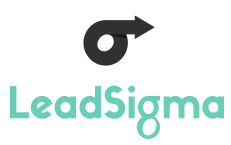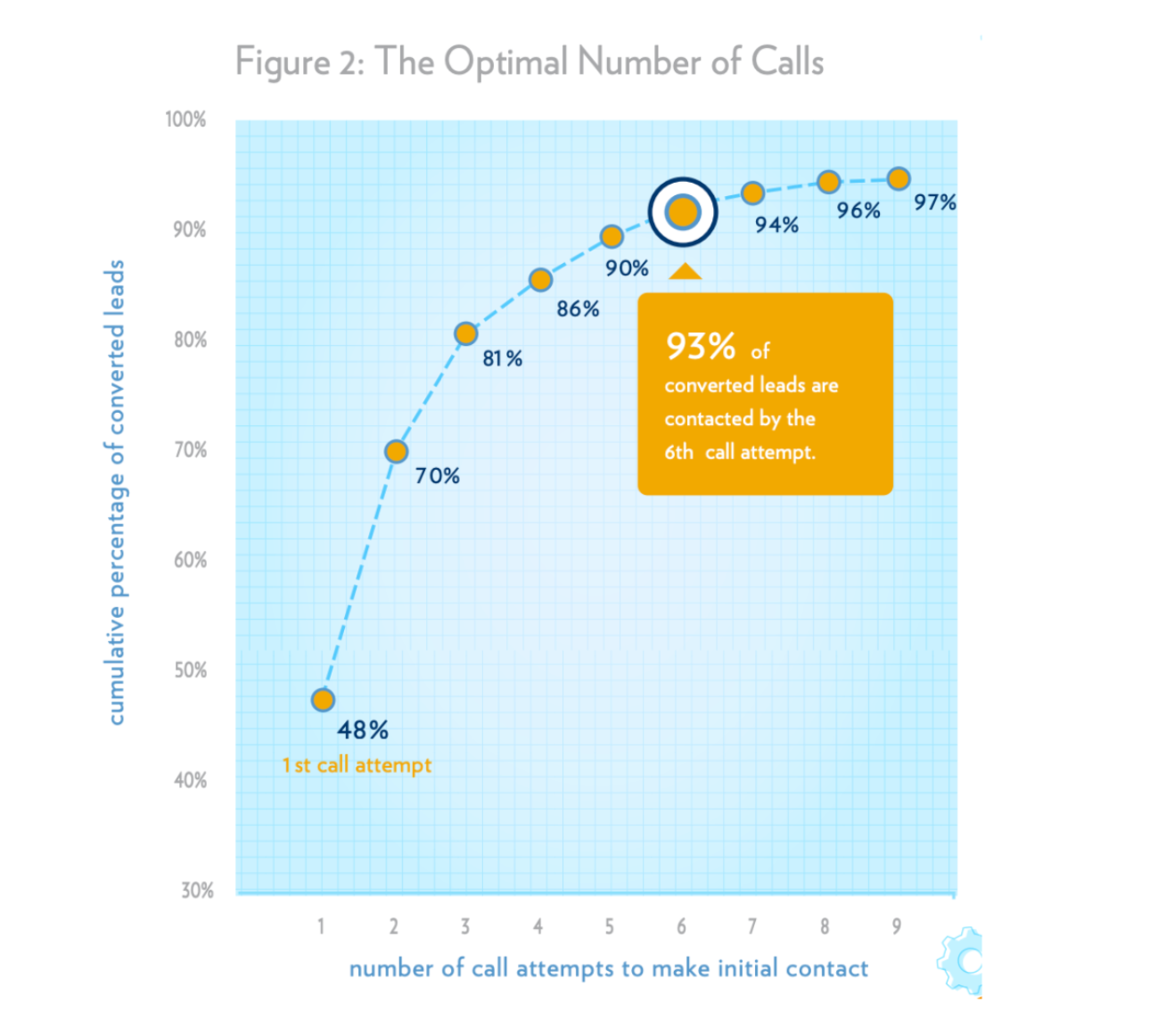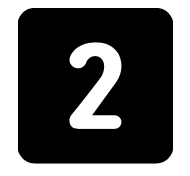GROWING YOUR ORTHODONTIC PRACTICE WITH A STRONG DIGITAL PRESENCE IS A WAY TO SCALE MORE QUICKLY, BECOME LESS DEPENDENT ON PROFESSIONAL REFERRALS, AND GAIN A SIGNIFICANT COMPETITIVE ADVANTAGE IN YOUR MARKET.
When growing a practice through digital strategies, there are a number of steps to ensure successful production growth. Typically, most practice owners think in simple terms of, “generate more leads, then close more cases.” If we want to start more cases we need to generate more new patient leads…right?
Generating a higher quantity of new patient leads is a fantastic metric for practice growth, but many practices are focusing exclusively on this “leads generated” metric and neglecting the power of digging deeper into the process.

Is it possible to grow your practice without increasing the number of new patient leads? The answer is a resounding YES!
Let me show you how…
Generating new patient leads is just the beginning of the process. Once a lead is generated we must then get in contact with the new patient, schedule them, get them to show up, then actually start the case.
It’s a process that starts with new patient lead generation but there are a lot of steps between lead generation and a contract signature (start).
New patient lead conversion equation

Let’s look at a base case.

With the same number of new patient leads, with a 8% improvement in each post-lead acquisition metric, we can start 56 cases.

Clearly, each of these steps represents significant opportunity for growth.
In this series of articles, we are going to analyze the methodology behind improving each post lead acquisition metric.

STEP ONE
CONTACT MORE OF YOUR NEW PATIENT LEADS, ONE OF THE MOST UNDER-APPRECIATED AND IMPORTANT TACTICS TO INCREASE PRODUCTION IS TO ACTUALLY GET IN CONTACT WITH YOUR LEADS
If we can start conversations with 90% of our new leads instead of 70%, we should expect a 28% increase in our new patient starts. Improving this process is not sexy, but it makes money.
There are a few strategies you can employ today to ensure a greater chance of starting a conversation with new leads.

Reach out to new leads faster.
Measurable metric: speed-to-contact in minutes.
In the world outside of the orthodontic silo, this concept is known as “speed-to lead”…and it really matters.
The Harvard Business Review published an article that showed that a business is 10X less likely to get in contact with a lead after just one hour has passed.
Here is a more detailed breakdown:



If you are taking any longer than 5 minutes to call your leads, you are drastically reducing the likelihood of actually starting a production generating conversation.
PROCESS WORKAROUND

Prior to LeadSigma, this is a method that I have used in numerous businesses in the past. When a new lead is generated from your website, landing page, or digital ad, typically an email is sent to your team with the lead’s information. Using Zapier, the email to your team will trigger a notification into a specific new patient lead channel every time a lead is generated. When the post shows up in Slack, you instruct your team to follow-up immediately and comment on the thread to show they have called.

Unfortunately, this method requires some technical know-how, active management, and (often) a paid version of Zapier. It works, but not without a significant time investment and configuration.

Because I understand the importance of speed, I built software to specifically solve this issue for practice owners.
HOW IT WORKS:

A New patient lead is generated.

LeadSigma immediately calls your office, gives you the new patient’s information, and connects you with the new patient within 30 seconds. It’s all automated, repeatable, and scalable. No Slack, no spreadsheets, and no chance of leads going to your email inbox and sitting there for hours (or days).

Use Multiple Communication Channels
Although calling is the most effective way to reliably connect with a new lead, some new patients will never pick up the phone from an unknown number. In fact, phone settings now allow you to push all calls that are not in your contact list straight to voicemail. This means you need another option.

Text messages are an effective way to reach new patients and make sure that they are reading your messages. Unlike email, which has about a 30% likelihood to be opened, text messages have a 99% likelihood to be opened. If you want new patients to engage with you and ensure that your messages are being read, you need software to send text messages.

In addition to texting, email is still an effective tool to start the conversation with a new patient. Emails that are branded with your office domain (example XXX@braceplace.com) are more professional and are a must in today’s world. Using a @gmail or @yahoo address is not professional and limits functionality.

Follow-up with new patients consistently
The exact moment a new patient requests an appointment, they are at their peak level of interest. They have reached out to you! Every minute that passes reduces the likelihood of successfully converting that lead into an exam. After all, people are more impatient and distracted than ever.
But that doesn’t mean that we should stop trying to reach these new patients after one or two attempts.
Studies show that 48% of converted leads are contacted on the first contact attempt but 93% of converted leads are contacted by the sixth contact attempt. Making more contact attempts shows that you care, it better serves the new patient that reached out to you, and most importantly – it works.

Being persistent pays off!
If your team is unsuccessful in reaching the patient immediately on the first attempt, it’s important that you have a repeatable process for attempting multiple contacts with the patient over the first 10 business days. If your team is not making at least one attempt per day to reach a new patient lead over the first 10 days post lead acquisition, your practice is losing out on production generation opportunity.
THERE ARE TWO WAYS THAT THIS PROCESS CAN BE MANAGED.

Spreadsheet + Office Phone + Office Email + Text Message Platform
When a new patient lead is generated, you can enter the lead’s information into a spreadsheet. Break down the columns into your daily contacts (Day 1 call/text/email, Day 2 call, Day 3 text, Day 4 email, etc.) and have the team check off the columns when they have completed the tasks.

There are several tools that make email faster and easier, like Boomerang. Boomerang allows you to schedule follow up emails with a recipient if you have not received a response.


If you are using the Google business suite to manage your emails, there is even a template tool for email that makes sending repeatable emails easier.
If you are using this method, be sure to track responses. You don’t want to continue calling, emailing and/or texting leads that have responded and have already scheduled an exam. That’s annoying.

LeadSigma
LeadSigma was designed to manage new patient leads more effectively and efficiently. After years of using the spreadsheet method, I found that there were significant gaps in our process.
Some recurring questions always resurfaced:
– How fast are we actually following up on leads?
– Are we actually calling, texting, and emailing our leads? When? Is the process being followed?
Because these are foundational questions, I wanted to be sure that my businesses had clear answers and took advantage of every opportunity to generate revenue. That’s why I built LeadSigma. I knew that if we reached out faster and we followed up consistently, we would close more cases. Even though I pride myself in being a good manager, it was just too difficult to create the speed, consistency, and accountability with spreadsheets and paper.
If you are curious about how the average orthodontic practice responds to their new patient leads, we studied more than 4,000 practices and the results are on our website. The data will alarm you!
Summary: The quicker you are to respond to both inbound new patient leads and inbound digital exam bookings increases booked exams and increases exam show rate. There are a variety of different methods to accomplish speed-to-lead with varying difficulty of implementation and execution. Not only are phone calls valuable, but text and emails are also valuable to engage with leads that prefer other communication channels.
In addition, you should not stop following up on a new patient lead until you have reached out 6-12 times by way of phone, text, and email.
If you combine these two concepts, you will certainly increase the production generated from all of your lead sources, decrease your patients acquisition cost, and increase your marketing ROI.









